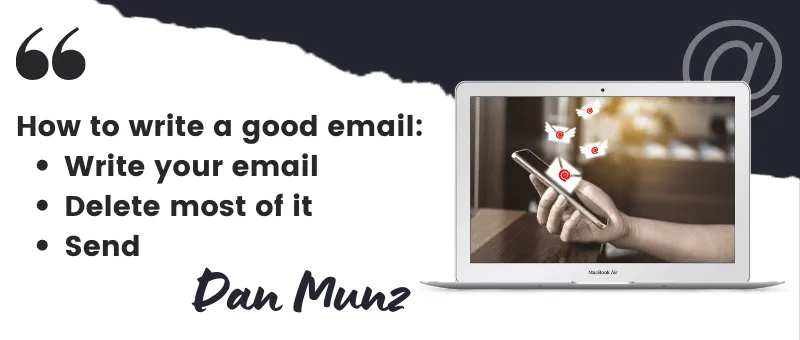You may wonder, with all the easy access to so many social media sites, and the opportunity to build a following by way of different social profiles, why there would be any reason to still collect email addresses with the intention of keeping an email list of subscribers.
Isn’t email marketing dead?
Do people even send email newsletters anymore?
The fact is, email is still one of the biggest income generators online, and people still sign up to hear from their favorite companies, marketers, influencers and thought leaders every day via email. They still want your offers, they still want to read your news, they still want that mail to arrive in their inboxes. It’s a connection that just does not compare.
Is this the case for every single person who uses the internet to keep in touch with their favorite people and support their favorite brands? Of course not. Some people rarely check email. But plenty still do. So, if you’re rationalizing why “we don’t need to sign up for a permission based email manager” because we use Facebook (or LinkedIn, or Twitter, or Instagram, or Pinterest to advertise our business… here are some facts that may change your mind.
If you’re collecting email addresses, you have the power to stay in touch even after your favorite social media site suddenly disappears. Honestly, you just never know if an online business is suddenly going to disappear, go bankrupt or whatever. If you’re collecting email addresses, at least you’ll still have those contacts in your database if for some reason your existing social platform proves unreliable.

Email offers far fewer distractions than social media. When people go to their inbox, they’re more likely to stop and read your entire message without seeing something else that interrupts their train of thought and gets them clicking elsewhere. They’re also much more likely to type a cohesive response via email – which means a more mindful connection.
Email marketing offers all the tools at your fingertips which you can’t get from posting on social media. You can utilize HTML to type what appears to be a web page in and of itself, directly in your email list manager such as Aweber. Manage multiple lists segmented into different target audiences. Send out autoresponders and set up sales funnels. Create marketing mails that you can set up in seasonal campaigns.





